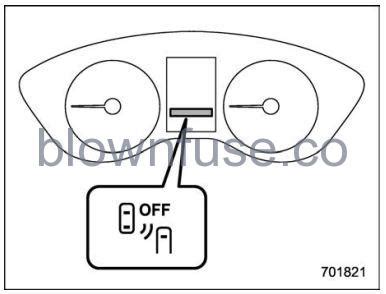How To Turn On Bsd/rcta
Ronan Farrow
Apr 03, 2025 · 3 min read

Table of Contents
How to Turn On BSD/rc.d (or How to Enable Services in BSD)
This guide will walk you through how to enable and start services using the BSD rc.d init system, commonly found on FreeBSD, OpenBSD, and NetBSD. While the specifics might vary slightly between distributions, the core concepts remain consistent. Understanding how to manage your services is crucial for maintaining a stable and functional system.
Understanding BSD's rc.d
Unlike systemd (used in many Linux distributions), BSD uses rc.d – a simpler init system. Instead of complex unit files, rc.d relies on scripts located in /etc/rc.d/. These scripts handle starting, stopping, and managing individual services.
Key Concepts
/etc/rc.d/: This directory contains the scripts that control services. Each script typically corresponds to a specific service (e.g.,ssh,httpd).rc.dscript structure: These scripts generally follow a consistent pattern, accepting arguments likestart,stop,restart, andstatus.- Symbolic links in
/etc/rc.d/rc.conf.d/: This directory holds symbolic links to the scripts you want to enable at boot time. Creating a symbolic link here effectively "turns on" a service.
Enabling Services with rc.d
Let's explore the process of enabling a service. We'll use the hypothetical example of enabling the apache web server.
1. Locate the service script:
First, determine if the service script exists. Check within /etc/rc.d/. If a script for apache exists (e.g., /etc/rc.d/apache), proceed to the next step. If it doesn't, the service might use a different init system or method. Consult your system's documentation for the correct procedure.
2. Create a symbolic link:
Navigate to the /etc/rc.d/rc.conf.d/ directory and create a symbolic link pointing to the service script. Use the following command (replacing apache with the actual service name):
sudo ln -s /etc/rc.d/apache /etc/rc.d/rc.conf.d/apache
This command creates a symbolic link named apache within /etc/rc.d/rc.conf.d/, linking it to the actual service script. This action tells the system to start the apache service during boot.
3. Verify the service is enabled:
You can verify that the service is enabled by checking the contents of /etc/rc.d/rc.conf.d/. The presence of the symbolic link indicates the service is scheduled to start at boot.
4. Start the service (optional):
To start the service immediately without rebooting, use the following command:
sudo /etc/rc.d/apache start
Replace apache with your service name. If the service starts successfully, it's now running.
5. Check the service status (optional):
Check if the service is running with:
sudo /etc/rc.d/apache status
Disabling Services
To disable a service, simply remove the symbolic link from /etc/rc.d/rc.conf.d/. For example, to disable the apache service:
sudo rm /etc/rc.d/rc.conf.d/apache
Remember to replace apache with the appropriate service name. After removing the link, the service will no longer start automatically during boot.
Important Considerations
- Service names: Service names might vary slightly depending on the BSD distribution. Refer to your distribution's documentation for the accurate names.
- Configuration files: Many services require configuration files (often located in
/usr/local/etc/or similar). Ensure these files are correctly configured before enabling the service. - Troubleshooting: If a service fails to start, check the system logs (
/var/log/messagesor similar) for error messages. These messages provide clues for resolving issues.
By understanding these steps, you can effectively manage services in your BSD system, ensuring that only necessary services are running and contributing to a stable and efficient operating environment. Remember to consult your distribution's documentation for more specific instructions and details.
Featured Posts
Also read the following articles
| Article Title | Date |
|---|---|
| Howa 1500 Scope Base Same As Remington 700 | Apr 03, 2025 |
| How Can I Block Facebook On My Phone | Apr 03, 2025 |
| How Can I Watch The Orioles Without Masn | Apr 03, 2025 |
| How Big Is 2 Oz Cologne | Apr 03, 2025 |
| Balboa Park How The Grinch Stole Christmas | Apr 03, 2025 |
Latest Posts
Thank you for visiting our website which covers about How To Turn On Bsd/rcta . We hope the information provided has been useful to you. Feel free to contact us if you have any questions or need further assistance. See you next time and don't miss to bookmark.
